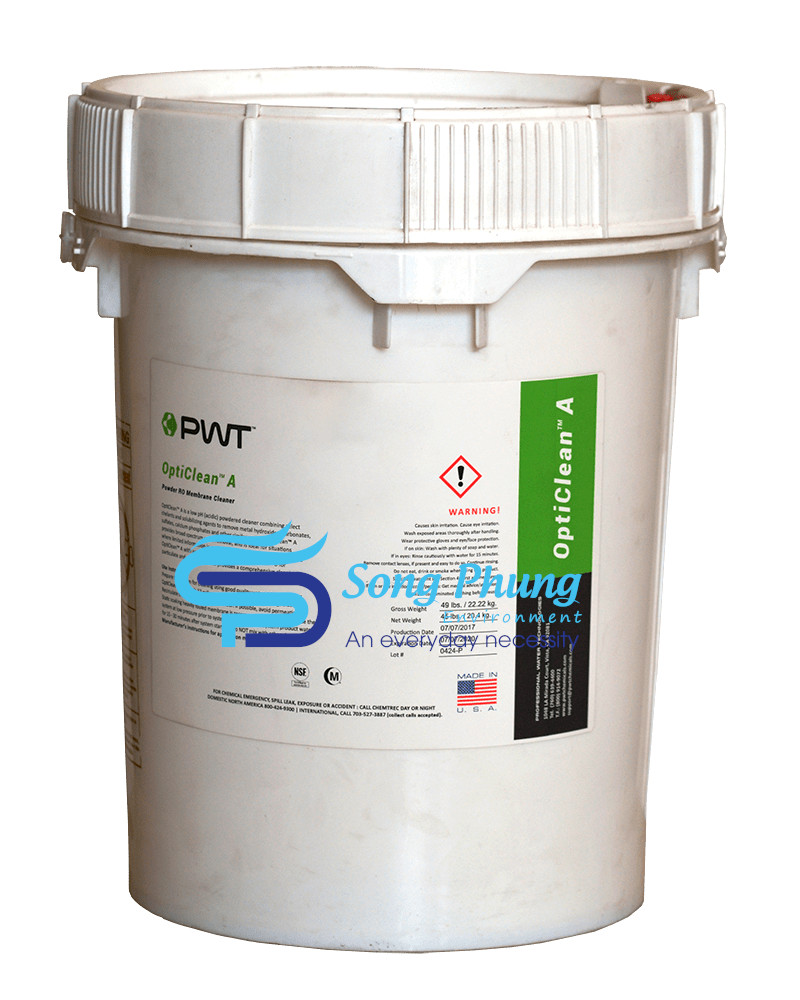Calcium Chloride (CaCl2)
$0.39
- Name: Calcium chloride
- Formula: CaCl2
- Origin: China/India
- Package: 25kg/bag
- Unit price for 1kg
----> Giảm ngay 5% tổng đơn hàng khi mua trên 10 đơn vị sản phẩm. Vui lòng đăng nhập vào giỏ hàng và thanh toán để nhận ngay ưu đãi
Thanh toán bằng MoMo giảm ngay 2% - Xem giỏ hàng
Categories: Basic chemicals, Water treatment chemical
Calcium Chloride (CaCl2)
- Name: Calcium chloride
- Formula: CaCl2
- Origin: China or India
- Package: 25kg/bag
- Unit price for 1kg
Characterization of calcium chloride:
- Exists in the form of white, odorless powder, produced from limestone.
- Highly soluble in water and highly exothermic, the solution has a bitter salty taste.
- The ability to absorb moisture is large, so it should be stored in sealed containers with lids.
- Molten liquid calcium chloride can also be electrolyzed to form calcium metal.
- Melting temperature 772 – 782 degrees Celsius.
- Boiling temperature > 1600 degrees Celsius.
- Density 2152 – 2512 kg/m3.
- The saturated solution boils at 180 degrees Celsius. In solutions with different concentrations, the boiling point and freezing point also change.
- Anhydrous calcium chloride powder is obtained when spray-dried at a temperature higher than 260 degrees Celsius.
Physical properties of Calcium Chloride:
- CaCl2 exists as cubic crystals, colorless, odorless, slightly bitter taste.
- Calcium chloride oddly hygroscopic, easily sublimate when exposed to air.
- The molar masses are: 110.99 g/mol, the anhydrous form, and 219.08 g/mol the hexahydrate form.
- It Density 2.15 g/cm³, anhydrous.
- Melting point is 772 °C (anhydrous)
- The solubility in water is 74.5 g/100 ml (at 20 °C).
Chemical properties of calcium chloride:
- Calcium chloride absorbs water this process generates a temperature of about 60°C
- Calcium chloride is very soluble, can serve as a source of calcium ions in solution, unlike many other calcium compounds.
- CaCl 2 molten can be electrolyzed to produce pure Ca metal and chlorine gas
Application of calcium chloride:
- Due to its good moisture absorption properties, Calcium Dichloride is used to remove moisture such as drying nitrogen, oxygen, hydrogen, hydrogen chloride, sulfur dioxide and other gases. Used as a dehydrating agent in the production of alcohols, esters, ethers and acrylic resins.
- Liquid calcium chloride is an important refrigerant for refrigerators and ice machine. CaCl2 is also a substance that accelerates the hardening of concrete and increases the cold resistance of construction mortar. It is an excellent antifreeze for the construction industry.
- CaCl2 is used as a surface protectant and refining agent for aluminum-magnesium smelting. It is a precipitant for the production of lake pigments.
- CaCl2 is used to treat and de-ink scrap paper. It is also a food preservative and a raw material for the production of calcium salts.
In the production and processing of rubber, CaCl2 is used as an emulsifier, the main effect of the emulsion is to make the rubber more concentrated.
Chlorine dosing calculator for disinfection
Input Data
| Water flowrate | m3/h | |
| Dose of chlorine (Normally from 1-10mg/l based on water quality) |
mg/l (g/m3) | |
| Chlorine concentrate (Javel 9-10%, Chlorine powder 65-70%, Pure chlorine 99%) |
% | |
| Operation time | h/day | |
| Chlorine mixing cycle | Day/time | |
| Chlorine storage tank | L |
Result
| Chlorine consumption per hour | 0 | g/h |
| Chlorine consumption per day | 0 | kg/day |
| Chlorine need to fill in the mixing tank | 0 | Kg |
| Chlorine concentration after mixed (Recommend concentration less than 5%) |
0 | % |
| Dose of chlorine after mixed | 0 | L/h |
Read more: How to Chlorine dosing calculator for disinfection














